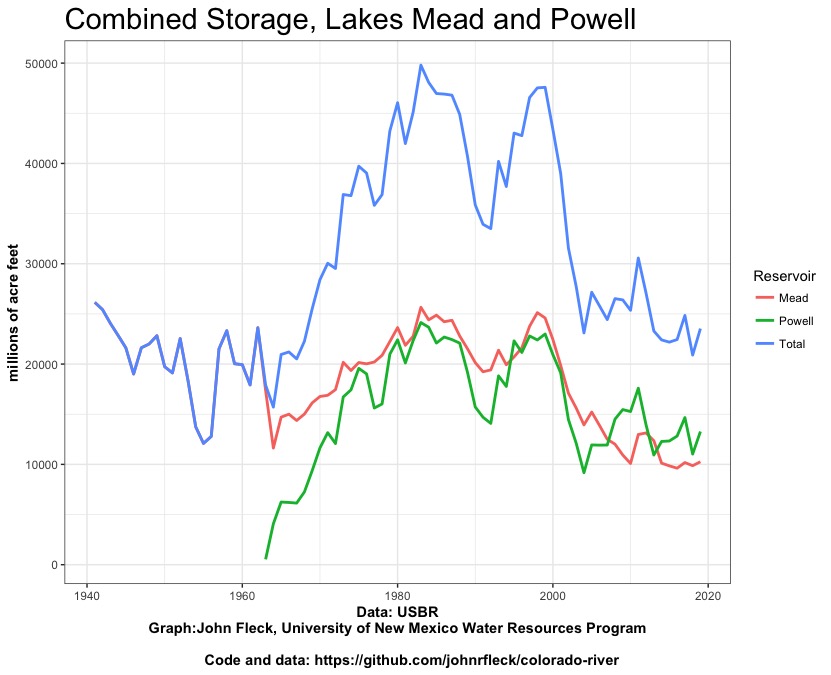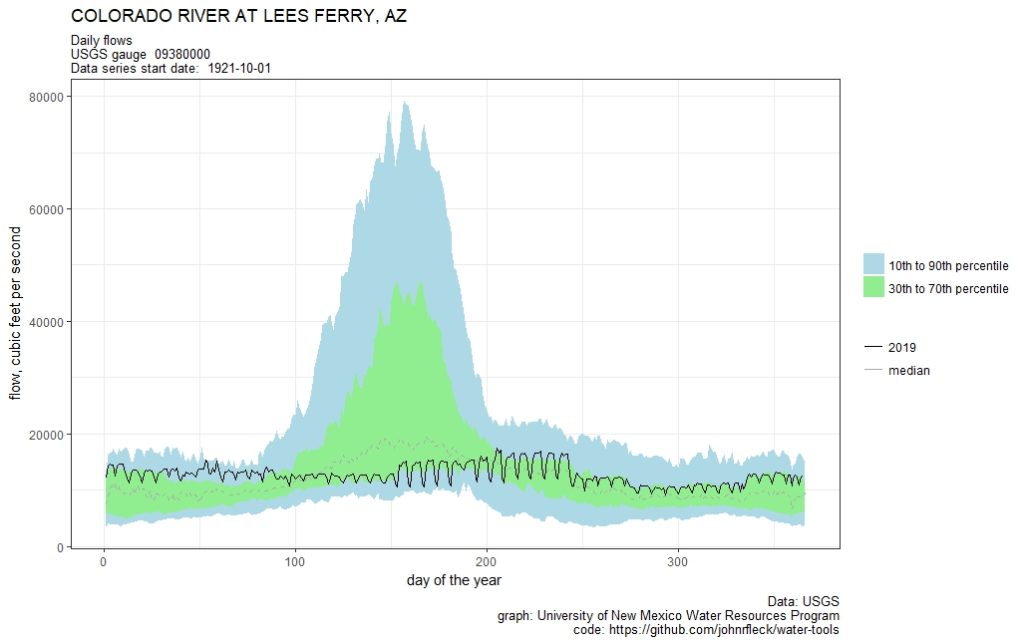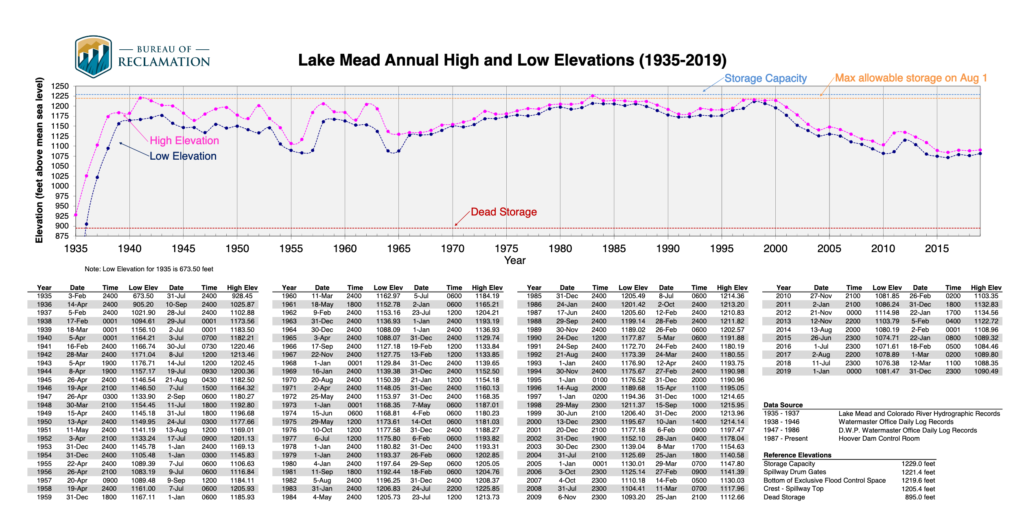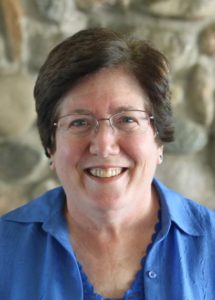Old John Fleck would have happily explained to you why this from Bruce Babbitt is a terrible idea:
Damming the Gila River is a vampire proposal that would suck the life out of Southern New Mexico’s most treasured wild and scenic river.
Gov. Michelle Lujan Grisham wants to kill the project. Both of New Mexico’s U.S. senators have tried to withdraw federal funds. Public opinion is against it. But like the vampires of legend, it refuses to die.
A better alternative is to take New Mexico’s water entitlement from existing dams on the San Juan River in Northern New Mexico.
New John Fleck is intrigued, based on a recognition that we need to find ways to expand the policy option space for dealing with Colorado River governance in the coming five years.
On the “terrible idea” side of the ledger is the breaking of one of the Law of the River’s great taboos – moving water across the Upper Basin-Lower Basin Lee Ferry boundary. Taking Gila River water (Lower Basin water!) from the San Juan (an Upper Basin tributary!)? And then, once we get the water across the continental divide into the Rio Grande Basin, we have yet another boundary to cross in the form of the Rio Grande Compact’s bizarre rules surrounding water moving past Elephant Butte Reservoir to the places Babbitt is rightly suggesting have a need for the water.
The institutional challenges here, in terms of needed interstate political agreement and rules changes, are staggering. I have a whole family of “that’s too hard” arguments at the ready for things like this. This is Old John Fleck.
But as we head into the process of renegotiating the river’s operating rules over the next five years, New John Fleck is increasingly interested in expanding the range of policy options we consider, not shrinking them.
I’m not sure I’d have the guts to pitch this particular idea, but I’m intrigued. Better Bruce Babbitt than me!




